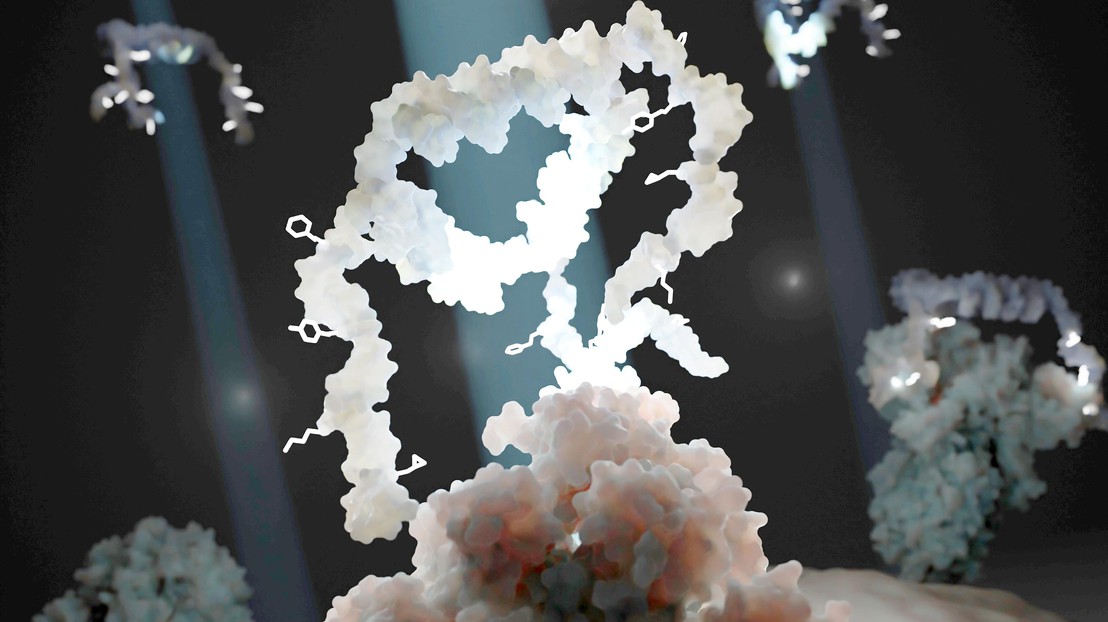2025-06-06 北海道大学,人国立環境研究所
国立環境研究所は、全国規模の「エコチル調査」において、妊娠中の母親の血中PFAS(パーフルオロアルキル物質)濃度と、子どもが4歳時点での発達との関連を分析しました。PFASは、撥水・撥油性を持つ化学物質で、環境中に広く存在し、人体への影響が懸念されています。
調査の結果、妊娠中のPFAS濃度が高い母親から生まれた子どもは、4歳時点での発達指標において、運動能力や言語能力などに影響が見られる可能性が示唆されました。特に、男児においてその傾向が顕著でした。
この研究は、胎児期の化学物質曝露が子どもの発達に及ぼす影響を明らかにするものであり、今後の環境政策や健康指導において重要な知見となります。国立環境研究所は、さらなる詳細な分析と長期的な追跡調査を進める予定です。
<関連情報>
- https://www.nies.go.jp/whatsnew/2025/20250606/20250606.html
- https://www.sciencedirect.com/science/article/pii/S0160412025001850
パーフルオロアルキル物質およびポリフルオロアルキル物質への出生前曝露が4歳児の発達遅滞に及ぼす影響: 日本環境と子ども研究 Impact of prenatal exposure to per- and polyfluoroalkyl substances on developmental delays in 4-year-old children: The Japan Environment and Children’s study
Mariko Itoh, Sumitaka Kobayashi, Hiroyoshi Iwata, Yu Ait Bamai, Rahel Mesfin Ketema, Takeshi Yamaguchi, Keiko Yamazaki, Naomi Tamura, Maki Tojo, Satoshi Suyama, Sachiko Itoh, Chihiro Miyashita, Yasuaki Saijo, Yoshiya Ito, Shoji F. Nakayama, Michihiro Kamijima, Reiko Kishi, the Japan Environment and Children’s Study (JECS) Group
Environment International Available online: 5 April 2025
DOI:https://doi.org/10.1016/j.envint.2025.109434

Abstract
Although per- and polyfluoroalkyl substances (PFAS) have raised global concern due to their adverse effects on children’s development, the association between prenatal exposure to PFAS and the achievement of developmental milestones in preschool children remains unclear. This study aimed to examine the individual and cumulative associations between prenatal PFAS and developmental delay in 4-year-old children. We used data from 15,131 mothers (15,175 children) in the Japan Environment and Children Study (JECS), an ongoing nationwide prospective birth cohort. Among 28 PFAS measured in maternal plasma, eight with detection frequencies ≥ 60 % were analyzed. Developmental delays were assessed using the Japanese version of the Ages and Stages Questionnaires third edition (JASQ-3), a self-administered screening tool, with suspicion of developmental delay indicated by total scores falling below the Japanese version cutoffs for the five JASQ-3 domains (communication, gross motor, fine motor, problem solving, and personal-social). Univariate and multivariable logistic regression analysis and quantile g-computation were applied. Findings revealed that these eight PFAS were not significantly associated with higher odds of developmental delay across any JASQ-3 domain, nor did their combined effects. However, the effects of PFAS substances not measured in this study and the impact of continued postnatal exposure to PFAS on developmental delays remain a concern. Continuous investigation of the effects of PFAS on development throughout the lifespan is necessary.


